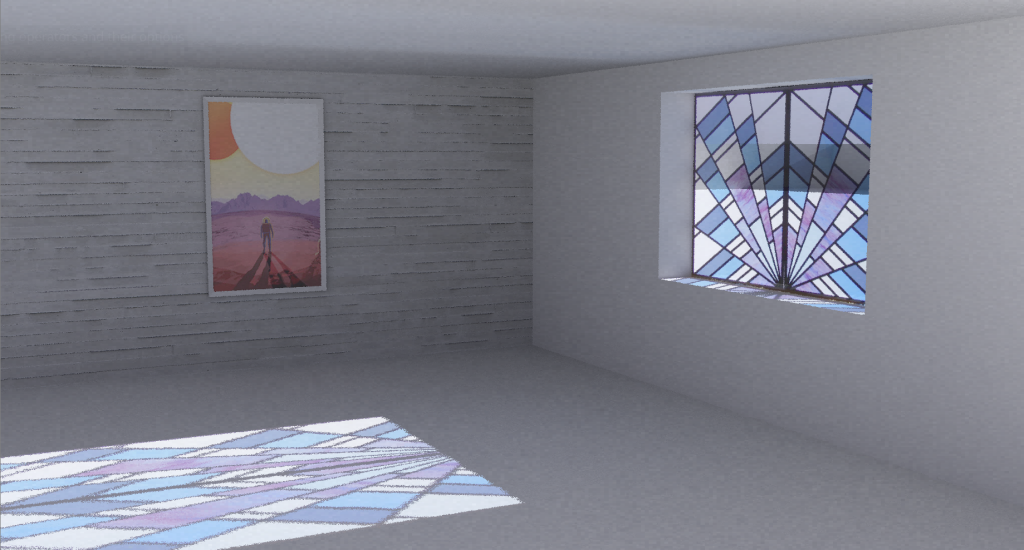One of the simplest nodes in the VI-Suite is the location node. The location node defines the location of the building to be analysed in terms of latitude and longitude, and is a required node for Sun Path, Shadow Study, Wind Rose, LiVi and EnVi analyses.
The image below shows the Python code listing for the location node.

Basic node Python code
A node in Blender is an instance of a Python class and so the code begins with a class definition that locates the node within the ‘VINodes’ node tree. Lines 2 to 5 identifies the name, label and icon of the node.
Lines 7 to 13 define some parameters associated with the node. Parameters are important as they not only hold values, but also create user interface elements to allow the user to alter their values. Parameters for the location node include the latitude and longitude values.
A Blender node has a number of built-in functions, but as a node is an instance of a class we call these built-in functions methods, that are called during the ‘life’ of the node. When a node is created by the user the ‘init’ method is executed and lines 15 to 21 defines what happens when this occurs. In this method a property is associated with the node called ‘nodeid’ which contains the name of the node and the name of nodetree that the node sits in. An external function is run called ‘nodeinit’ which creates some platform specific parameters the VI-Suite uses, and finally an output socket is created.
Whenever the user changes the socket connections of this node the method ‘update’ is executed, which is defined on lines 23 & 24. When the update method is executed it in turn executes an external function called socklink that checks if the socket on the other node we are connecting the output socket of this node to is the same colour. If so the connection is made, if not the connection is not made. This helps make sure the user does not construct node connections that would result in an error.
The final method we use here is the draw_buttons method where we can define the user-interface presented by the node. In this function some of the parameters of the node defined earlier are presented. For example the ‘loc’ parameter is defined as a Blender EnumProperty. An EnumProperty in Blender basically represents a list, and the loc parameter has two entries in its list: A ‘Manual’ entry and an ‘EPW’ entry. When we include the ‘loc’ parameter in the draw_buttons method Blender automatically creates a drop-down menu interface for this parameter. Similarly, the latitude and longitude parameters are defined as FloatProperties, which represent regular numbers. When these are included in the draw_buttons function, Blender creates boxes that allow the user to manipulate these numbers.
If ‘EPW’ is selected in the ‘loc’ menu then an EnumProperty drop-down menu is displayed to select the desired EnergyPlus weather file. Weather files with an .epw or .EPW extension should be placed within the vi-suite/EPFiles/Weather directory. After adding a weather file Blender needs to be restarted to see the new file.
The short video shows how the location node functions.
VI-Suite location node from Ryan Southall on Vimeo.



